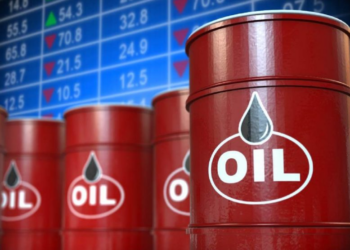On Sunday, April 12, 2020, the Organization of Petroleum Exporting Countries (OPEC) and its allies led by Russia, finally agreed to a historic crude oil output cut that is expected to help stabilize the oil market after the devastation caused by the Coronavirus pandemic.
This unprecedented deal, following the intervention of US President, Donald Trump, with other major oil-producing countries, involves cutting the global oil supply by as much as 20%. The effective output cut will include contributions from non-members, steeper voluntary cuts by some OPEC+ members and strategic stock purchases by the world’s largest consumers.
(READ MORE: OPEC+ DEAL: How much Nigeria will contribute to the oil cuts)
According to Reuters, OPEC+ said in a draft statement, that the expected total global output cut would be more than 20 million barrels per day or 20% of the global oil supply.

Some analysts from Goldman Sachs and UBS are also predicting that a 10% to 15% output cut may not be enough to stem the tide of price decline, as further cut might be needed if the desired impact is to be achieved.
READ ALSO: Questioning Nigeria’s fiscal federalism and resource sharing models
Meanwhile, as investors are still trying to establish whether the output cut will help moderate the effect of the ever-growing glut in the oil market due to the recent shutdown of the global economy as a result of the pandemic, the oil prices pushed up higher.
Global oil prices witnessed some dramatic changes following the announcement of the deal, as Brent crude rose by about 4.35% to stop at $32.85 per barrel. In the same vein, the WTI crude rose by 5.14% to stop at 23.93. The Bonny Light crude sold for 26.4%. This also represents a 1.97% increase.
Analysts earlier predicted that oil prices would rebound by as much as 15% per barrel in the short term when the output cut deal is finally concluded and implemented. That appears to already be happening, albeit gradually.
















.gif)






